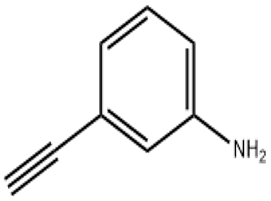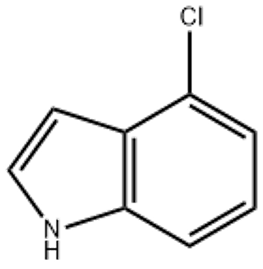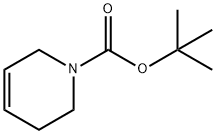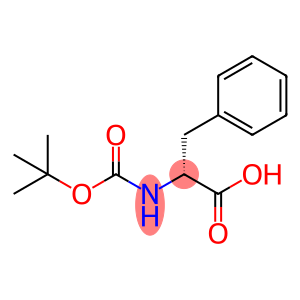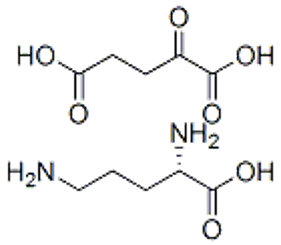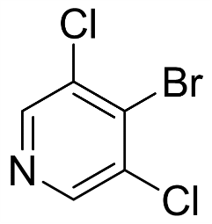3-ethynylaniline(CAS# 54060-30-9)
| Risk Codes | 36/37/38 – Irritating to eyes, respiratory system and skin. |
| Safety Description | S26 – In case of contact with eyes, rinse immediately with plenty of water and seek medical advice. S36 – Wear suitable protective clothing. S37/39 – Wear suitable gloves and eye/face protection S36/37 – Wear suitable protective clothing and gloves. |
| UN IDs | UN 1993 3/PG 3 |
| WGK Germany | 3 |
| TSCA | Yes |
| HS Code | 29214990 |
| Hazard Class | 3 |
| Packing Group | Ⅲ |
Introduction
3-Ethynylaniline is an organic compound. The following is an introduction to the properties, uses, preparation methods and safety information of 3-acetylenylaniline:
Quality:
- Appearance: 3-acetylene aniline is a white crystalline solid.
- Solubility: It is soluble in alcohols, ethers and organic solvents, but it is poorly soluble in water.
Use:
- It can also be used in the preparation of dyes and pigments.
Method:
The preparation method of 3-acetylenaniline can be achieved by the reaction of aniline with acetone. Under certain conditions, aniline reacts with acetone in the presence of an alkaline catalyst to form 3-acetylene aniline.
Safety Information:
- 3-Acetylenylaniline is an organic compound that is toxic and irritating, and precautions should be taken.
- Personal protective equipment such as appropriate protective clothing, gloves, and eyeglasses should be worn when handling the compound to prevent direct contact with the skin and eyes.
- Avoid inhalation or ingestion of the compound and operate in a well-ventilated environment.


